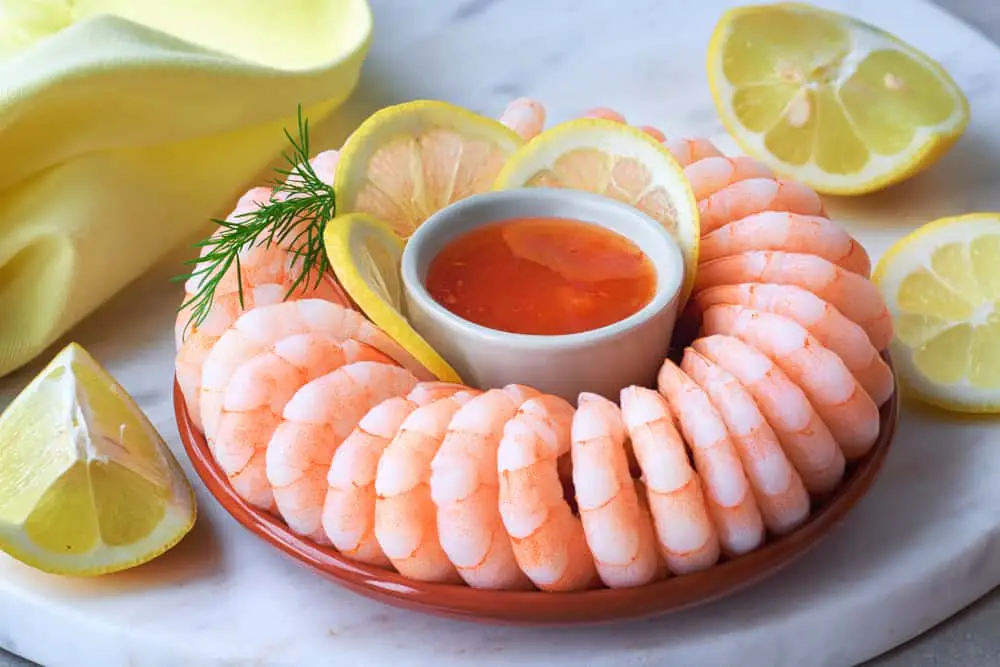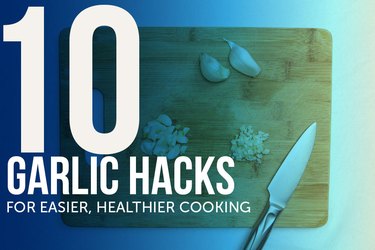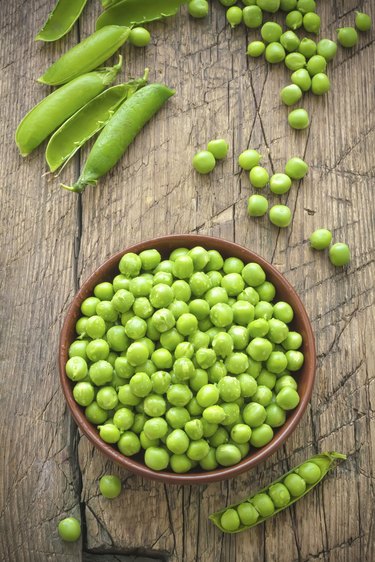Cold shrimp is simple to prepare and a small serving packs a lot of protein into your meal. The USDA Nutrient Database says that 4 ounces of shrimp has 80 calories, 1 gram of fat, and 18 grams of protein.
Shrimp is high in cholesterol, however, with one serving containing 55 percent of the daily recommended allowance. You can buy shrimp that has already been cooked and chilled at a fish market or grocery store, or you can cook your own shrimp and put them in the fridge overnight.
Shrimp is a versatile ingredient that can be prepared in many different ways. While most people typically enjoy shrimp hot off the grill or sautéed in a pan, eating it cold is also an option. But is it safe to eat shrimp cold and how does it impact the taste and texture? This detailed guide provides everything you need to know about consuming shrimp chilled.
Overview of Eating Cold Shrimp
Eating shrimp cold, either raw or cooked, is completely safe and offers a refreshing, lighter way to enjoy this seafood The sweet, briny flavor of chilled shrimp shines through beautifully without being masked by heat. While the texture is firmer when cold, it is not unpleasant as long as the shrimp is fresh
Popular ways to eat cold shrimp include
- Shrimp cocktail
- Shrimp salad
- Sushi and sashimi
- Ceviche
- Dipping sauce
- Pasta or grain bowls
Shrimp can be boiled, grilled or sautéed then chilled before using in recipes. For food safety, freshly cooked shrimp needs refrigerated within two hours.
Proper Storage for Raw and Cooked Shrimp
To safely enjoy shrimp cold, proper storage is key whether using raw or cooked. Here are some tips:
- Raw shrimp should be kept on ice or in the coldest part of the refrigerator. Use within 1-2 days.
- Cooked shrimp can be stored for 3-4 days max in an airtight container in the fridge.
- For longer storage, freeze raw or cooked shrimp. Thaw in the refrigerator before eating.
- Don’t leave shrimp at room temperature for more than 2 hours before chilling.
Always rely on sight and smell, not the date label, to determine if shrimp is still fresh and safe to eat. Discard any with an unpleasant odor.
Health Benefits of Cold Shrimp
Eating shrimp cold offers the same nutritional benefits as cooked. Some of the main health perks include:
- High protein – aids muscle growth and satisfies hunger.
- Low calorie – 4 ounces provides less than 100 calories.
- Omega-3 fatty acids – benefits heart and brain health.
- Selenium – antioxidant helps immune function.
- Vitamin B12 – needed for red blood cell formation.
- Phosphorus – supports bone health.
So cold shrimp checks the boxes for nutrition in addition to taste!
Safety Considerations When Consuming Cold Shrimp
While chilled shrimp is generally safe, a few precautions apply:
- For individuals with a shellfish allergy, even small amounts could trigger a reaction.
- Those with a compromised immune system should avoid raw or undercooked shrimp due to risk of bacteria or parasites. Cook thoroughly before chilling.
- Only eat fully cooked shrimp within the refrigerated shelf life, not past the use by date.
- Avoid eating raw shrimp that was previously frozen or left out for over 2 hours.
When in doubt, cook shrimp fully to eliminate risks before chilling and serving cold.
Tips for Enjoying the Best Cold Shrimp
To maximize the delicious taste and texture of chilled shrimp, keep these tips in mind:
- Use fresh, properly handled shrimp within a day or two for raw preparations.
- Chill cooked shrimp as soon as possible after cooking and use within 3-4 days.
- Add flavor with a marinade, herbs or spices before chilling. Lemon, garlic, dill and Old Bay are all fantastic.
- Avoid overcooking shrimp initially if wanting a tender, smooth texture when cold.
- Pat dry well before mixing into salads or pasta to avoid watery results.
- Cut larger shrimp into bite-size pieces for easier eating in some cold dishes.
With proper handling and storage, shrimp can be safely and deliciously enjoyed chilled. It offers a lighter way to savor this healthy, versatile seafood. Expand beyond hot shrimp dishes by exploring ceviches, shrimp cocktails, salads and more. Just keep food safety top of mind.

Shrimp Pasta Salad
- Peel the shrimp fully and remove the vein.
- Boil pasta and drain well. If you want to serve the salad cold, you can put the pasta in the fridge for a few hours.
- Get an onion, garlic, green pepper, and any other vegetables you want to add to the salad and cut them up.
- Prepare a dressing for the pasta salad. A popular choice is mayonnaise and sour cream. For a low-calorie option, try a low-fat salad dressing like ranch, Italian, or an Asian-style sesame ginger dressing.
- Add shrimp and vegetables to the pasta.
- Dress the salad however you like, and then mix it well.
- Refrigerate before serving.
Eating raw or under-cooked seafood increases your risk of contracting a food-borne illness.



How to Make Perfectly Cooked Shrimp Every Time
Can you eat pre cooked shrimp cold?
Frozen cooked shrimp recipes are a super-quick option when preparing weeknight meals, last-minute appetizers or late-night snacks. It lends itself well to dishes served cold, such as shrimp cocktail and shrimp salad, and adds an elegant touch to pasta, pizza and stir-fries. How long can pre cooked shrimp stay in the fridge?
Can you eat frozen cooked shrimp?
The frozen pre-cooked shrimp are of course safe to eat if they come from a reputable source. You may wish to cook them a little bit to heat them up to service temperature, and integrate them with a sauce or spices or so on, but you could just peel and eat them if you wanted to. Can I eat frozen cooked shrimp cold?
Can you eat cold shrimp without dressing?
Remove the vein running through the midline of the body with a sharp knife. This step is also optional, since shrimp can be eaten with the vein intact. You can eat cold shrimp plain without any dressing for a high-protein, low-fat snack. 1. Shrimp Cocktail Arrange cold shrimp around a goblet or dish or on a bed of iceberg lettuce leaves.
What happens if you eat cooked shrimp?
In 16% of cooked, ready-to-eat shrimp, we found several bacteria, including vibrio and E. coli. Those bacteria can potentially cause illnesses such as food poisoning—which could include diarrhea and dehydration—and, in rare instances, can even prove fatal. Can you get sick from eating cold shrimp?
